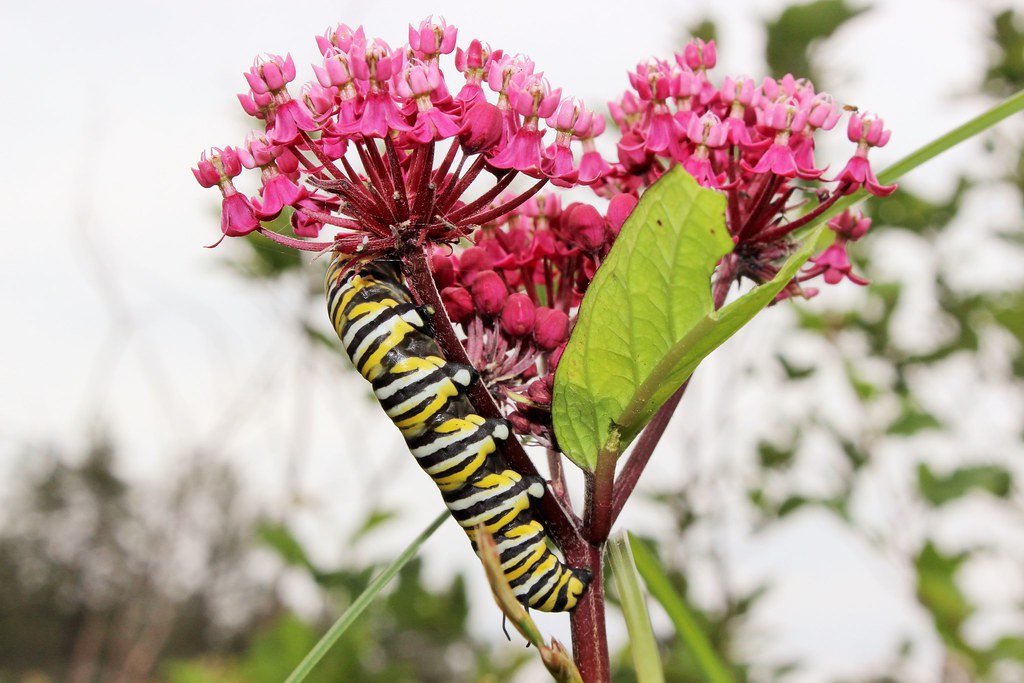Want to add more native milkweed species next year? Find out which species are native to your state and make your plans now 🙂 Asterisk * denotes species that are being grown here.
Blog
53.22 % decrease in Monarch overwintering population recorded this winter. We don’t control the weather or deforestation in other areas or the amount of pesticides that someone else chooses to spray. But we CAN grow more Milkweed for the Monarch’s caterpillars and nectar plants to feed the adult butterflies.
Mother Nature has been propagating Milkweed for centuries with nothing more than fluffy bits of floss to carry the seeds in the breeze to a new location. Where these seeds end up is in fate’s hands. Up until recently this was enough. I’m sure there are myriad reasons that the milkweed species are growing scarce […]
Part 1: Taking an inventory Take an inventory of what you have and what you need. There’s plenty of time to buy items or find work-arounds. The 3 main things to keep in mind when germinating milkweed seeds : Heat, Moisture, and Light. The species of milkweed that need to be cold stratified to break […]
Method #1 Germinating Milkweed seeds with seed starting kits and peat pellets. $$- most convenient. This will be the easiest method for beginners or for those with less time to invest. Follow the instructions that come with your kit. The pellets need hydrated and 2 seeds can be placed on the top of each one. […]
Not all milkweed species’ seeds need a cold period to break the dormancy of the seed. But for those that do, we must simulate winter if the seeds aren’t sown naturally outdoors in the fall or your area doesn’t get enough winter weather. 30 days of cold moist stratification is usually recommended. The longer the better […]
The Milkweed family is known as Asclepias to botanists. With the decline of the Monarch population this plant genus has become very popular because of its unique trait of being the ONLY food source for the Monarch Caterpillar. The caterpillars are immune to the poison in the milksap and actually become poisonous themselves as protection […]
